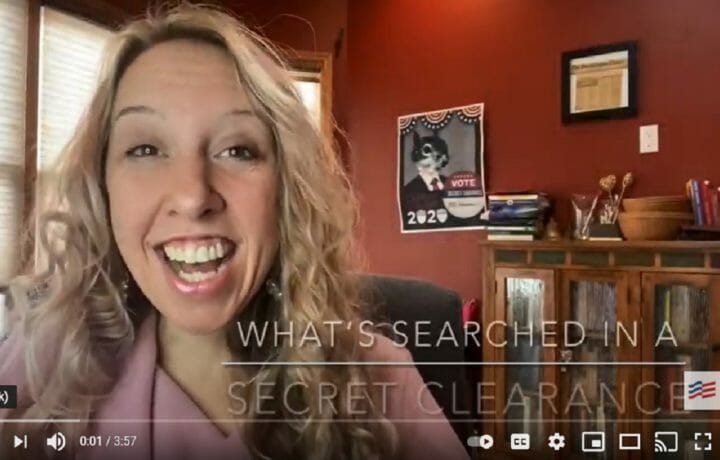There are three basic levels of security clearance – Top Secret, Secret, and Confidential. The vast majority of security clearances are issued at the Secret level. Each of these clearances ties to an investigative tier. There are currently five tiers of investigations, but under the Trusted Workforce 2.0 model, the number of tiers will soon be reduced to 3, with the elimination of the Top Secret and Secret clearance reinvestigation tiers.
It’s widely noted that the Secret security clearance investigation consists largely of automated checks. A Tier 3 investigation, formerly known as a National Agency Check with Law and Credit (NACLC), consists of the following:
- National Agency Check (NAC) – this check is a part of all background investigations and queries OPM’s Suitability/Security Index (SII) and DoD’s Defense Central Index of Investigations (DCII) files for any previous investigations. The NAC also consists of a review of FBI fingerprint/criminal history or involvement in FBI investigations, and any other federal agency checks that may be required depending on the applicant’s position.
- For males, selective service registration is checked. For all, military service records are checked for those who indicate any military service.
- Checks of employment history within scope verifying dates of employment, whether there were any issues, the circumstances of leaving, and eligibility for rehire.
- Checks of residence history within scope for any known issues, payment history, and if you are in or left in good standing.
- Checks of all educational institutes that you attended within scope or the most recent verifying dates of attendance, degrees earned, and any disciplinary actions.
- Checks of local law enforcement agencies for every place you lived, worked, or went to school within scope to see if you were cited, charged, arrested, or convicted for any traffic or criminal offense.
- A credit check is run and reviewed for financial history regarding collections, charge-offs, excessive debt to income ratio, liens, bankruptcies and civil court judgments. Also noted are names, social security numbers, and addresses used for creditors.
- Certain special positions may require additional coverage/questions (e.g., law enforcement positions).
- A triggered enhanced subject interview (TESI) may be necessary when issues or discrepancies from the other checks are present and need further information or clarification.
Most of these checks can be done using automated systems, which is why the cost of a Secret investigation is significantly lower than that of a Top Secret clearance. While the investigation scope is smaller, the criteria are the same – the same issues that would prevent an individual from getting a Secret clearance would prevent them from getting a Top Secret clearance.




